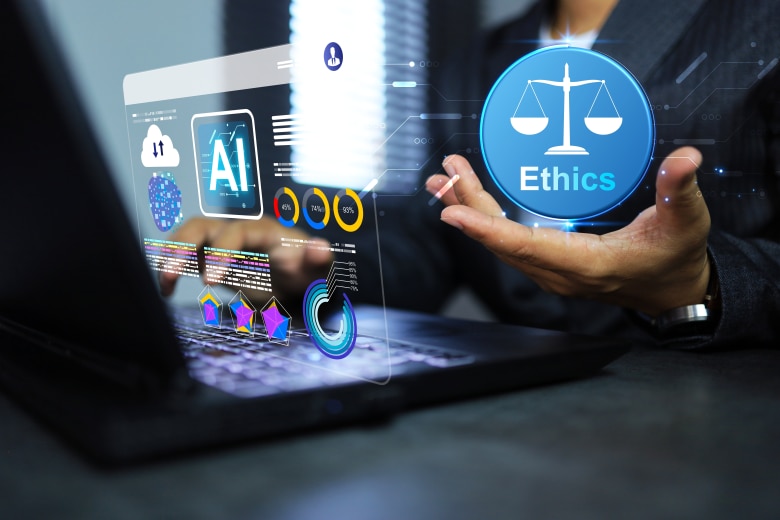By Mark Friess, CEO, WelVU
We are at an inflection point in patient education pursuits across the globe. A dramatic change in health, healing, and well-being lies just on the other side of what I call the patient education chasm – the rift between what healthcare organizations envision for their patients’ educational experiences, and the ability of those organizations to effectively deliver that experience.
In the paragraphs to follow, I explore two critical transformative questions that will impact the patient education chasm:
- What factors are increasing the divide in the patient education chasm?
- Is it possible to shrink the divide?
There are two factors that are widening the rift in health education further and further. The first factor involves the expectation gap in how patients, experience health education and how providers deliver health education.
I had a chance recently to lead a focus group discussion with care providers from a large health system. They characterized their experience educating patients as difficult, inadequate, time-constrained, complicated, emotional, and confusing, and they often left the bedside or exam room wondering if the patient truly understood.,
I asked the same group of providers to think of themselves as patients. Then I asked them to explain past experiences as a patient and how they perceived their patient education interaction with their doctor or nurse. They shared with me characteristics such as confused, anxious, rushed, unimportant, dazed, and an overall feeling of being overwhelmed and fearful.
The tone and characteristics expressed in both lines of questioning were similar. Providers want to create educational environments that are different from what they are today. Patients want educational environments that are different from what they are today. But unless there are changes in how health education is delivered and also supplemented outside of the care environment, the gap between the patient and provider factions will continue to widen.
The second factor increasing the divide in the patient education chasm is inadequate means to translate health data into actionable health information. Doctors, nurses, therapists, and counselors serve a critical role in translating the clinical health data about a patient into information and words patients can understand and treatment plans they can follow.
The volume of health data is increasing exponentially and is estimated to grow 15 times by 2020. Some of this data will originate during medical office visits and hospitalizations, but a portion of the data will originate from the patients themselves outside the context of a healthcare encounter. There will not be enough healthcare provider translators to help patients understand what the data means nor what they should do.
As a result, important opportunities to impact a patient’s behavior at critical moments of influence will be missed. Patients will either be forced to interpret data on their own from the Internet or will have to live with the limited education they receive during the 1% of their life when they are interacting in person with a healthcare provider.
In part 2 of this blog, we will look at how healthcare organizations are taking actions to shrink the patient education gap.
Mark Freiss

Mark Friess is the founder and CEO of WelVU, an InterSystems Application Partner. WelVU is the first multimedia patient education company to leverage personal clinical data, smart visual content, and the trusted words of a healthcare provider to help health systems and medical practices create the next generation of patient education experiences.




































